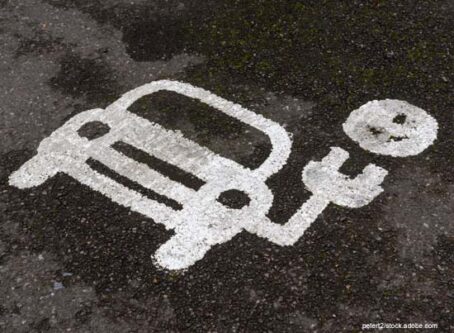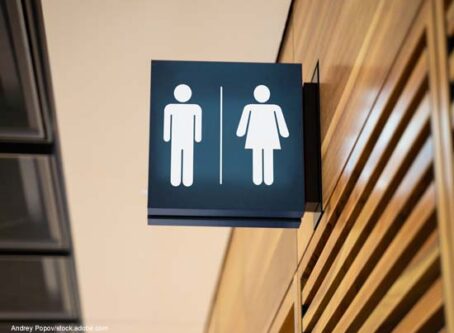Speed limit changes approved, pursued in five states
Changes to speed limit rules are being finalized at statehouses from Montana to West Virginia while others are nearing completion. Legislators are looking to boost speed limits for all vehicles in some states, while elsewhere changes are being made to eliminate or enact speed limit differentials for cars and trucks.
The Owner-Operator Independent Drivers Association says roadways are safest when all vehicles are permitted to travel at the same rate of speed. The Association does not advocate for a specific speed limit.
Arkansas
Gov. Asa Hutchinson has signed into law a bill that is intended to speed up conversion to higher speed limits on certain highways around the state. A change also will reintroduce a speed differential in the state.
A 2-year old Arkansas law permits the State Highway Commission to increase speed limits only after completing an engineering and traffic investigation. The maximum speed limits on controlled-access highways can be 75 mph.
This year’s revision mandates a 75 mph speed limit on freeways outside urban areas. Large trucks, however, will be allowed to travel up to 70 mph.
Speeds on urban freeways will be set at 65 mph for all vehicles.
The changes are scheduled to take effect in July 2020.
HB1631 states that the new speed limit along a stretch of roadway would revert to its previous maximum only after an engineering and traffic investigation that finds the new maximum is unsafe.
The pursuit of a speed limit differential is in contrast to a 2015 decision made by the Arkansas Highway Commission to rid the state of slower speeds for large vehicles.
At the time, commissioners referred to research that showed a differential speed limit is not effective for the efficient flow of traffic.
OOIDA says HB1631 adversely affects the state’s motoring public and reduce highway safety.
Mike Matousek, OOIDA’s manager of government affairs, says that truckers are firsthand observers of the negative consequences of misguided traffic laws, including differential speed limits.
“OOIDA and our members are opposed to differential speed limits because they are counterproductive to safety, limit the ability of truck drivers to fully-control their vehicle, and negatively impact the behavior of other drivers and vehicle,” Matousek told the bill sponsor.
“Ultimately, they create more interactions between cars and trucks, which leads to dangerous passing, aggressive driving, and an increase in the number of accidents.”
Kentucky
A new law in Kentucky will increase the speed limit from 65 mph to 70 mph on two highways.
Previously HB266, the new law adds Interstate 165 to the list of highways and parkways in the state with 70 mph speed limits posted. Faster travel for all vehicles also is authorized for the entire length of the highway.
In addition, 70 mph travel is allowed for the entire length of the Bert T. Combs Mountain Parkway Extension. Currently, 70 mph travel is allowed along the parkway from I-64 to the beginning of the Mountain Parkway Extension in Wolfe County. Elsewhere on the affected parkway, a 65 mph speed limit is posted.
Montana
The Montana Legislature has approved a bill to raise truck speeds. It now heads to the governor’s desk.
HB393 would raise the speed limit for trucks on interstate highways from 65 mph to 70 mph throughout the day. Truck speeds on all noninterstate highways would be set at 65 mph for all hours of the day.
State highways are limited to 60 mph during the day and 55 mph at night.
Cars are allowed to travel 65 mph on noninterstate highways and up to 80 mph on rural interstate highways.
“Speed limits should be set to keep traffic flowing freely. Currently trucks are set at 10 mph below the rest of traffic, which causes congestion on our highways,” Rep. Joshua Kassmier, R-Fort Benton, testified during a recent hearing. “It is my belief that allowing traffic to flow more freely is in the best interest of everyone’s safety.”
Oklahoma
A new law in Oklahoma amends rules on speed limits for the state’s turnpike system and interstate highways are moving forward.
Oklahoma already permits all vehicles to travel at 75 mph on four-lane divided highways, including interstates. A 2016 state law, however, permits higher posted speeds after a state Department of Transportation engineering and traffic investigation.
HB1071 authorizes the speed on the turnpike system to be raised to 80 mph – up from 75. The new law also allows the maximum posted speed on rural interstate highways to be increased from 70 to 75 mph.
West Virginia
The Legislature approved a resolution that could change the posted speed limit on the state’s fastest highways.
House Concurrent Resolution 32 gives the state DOT authority to increase the speed limit on interstate highways from 70 mph to 75 mph. Specifically, the measure grants the agency authority to make changes “where appropriate” on interstates.









